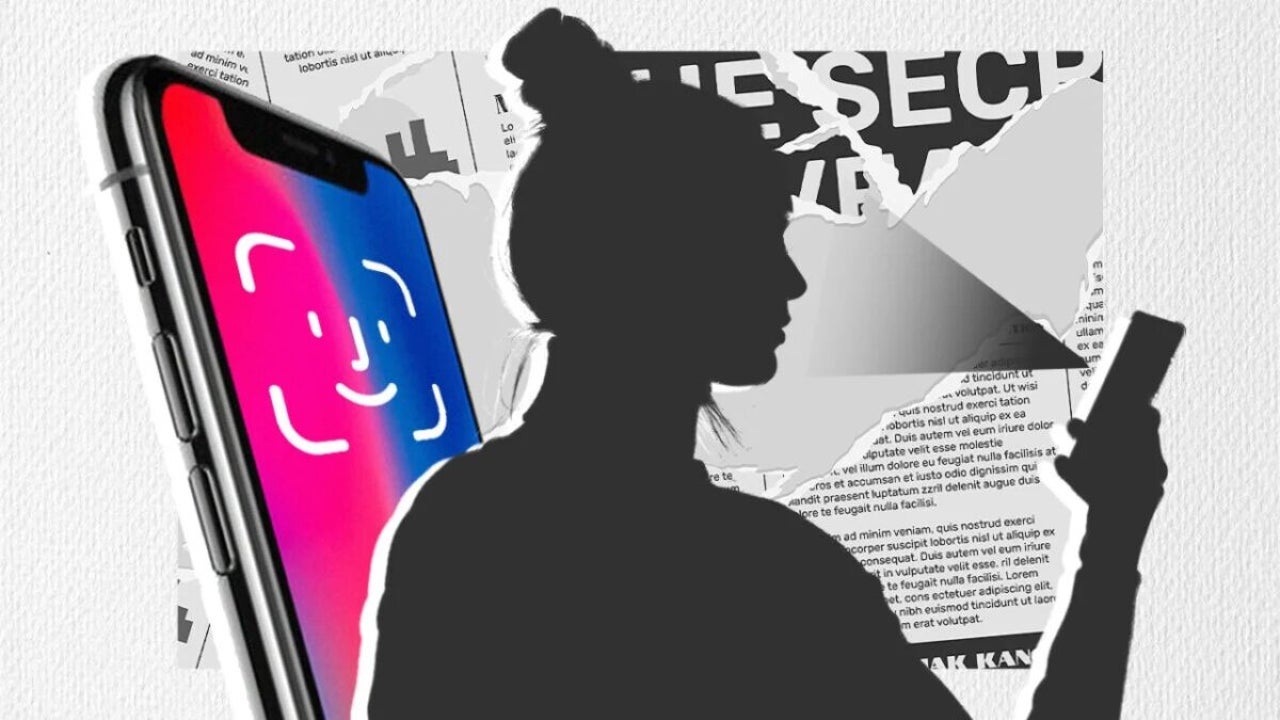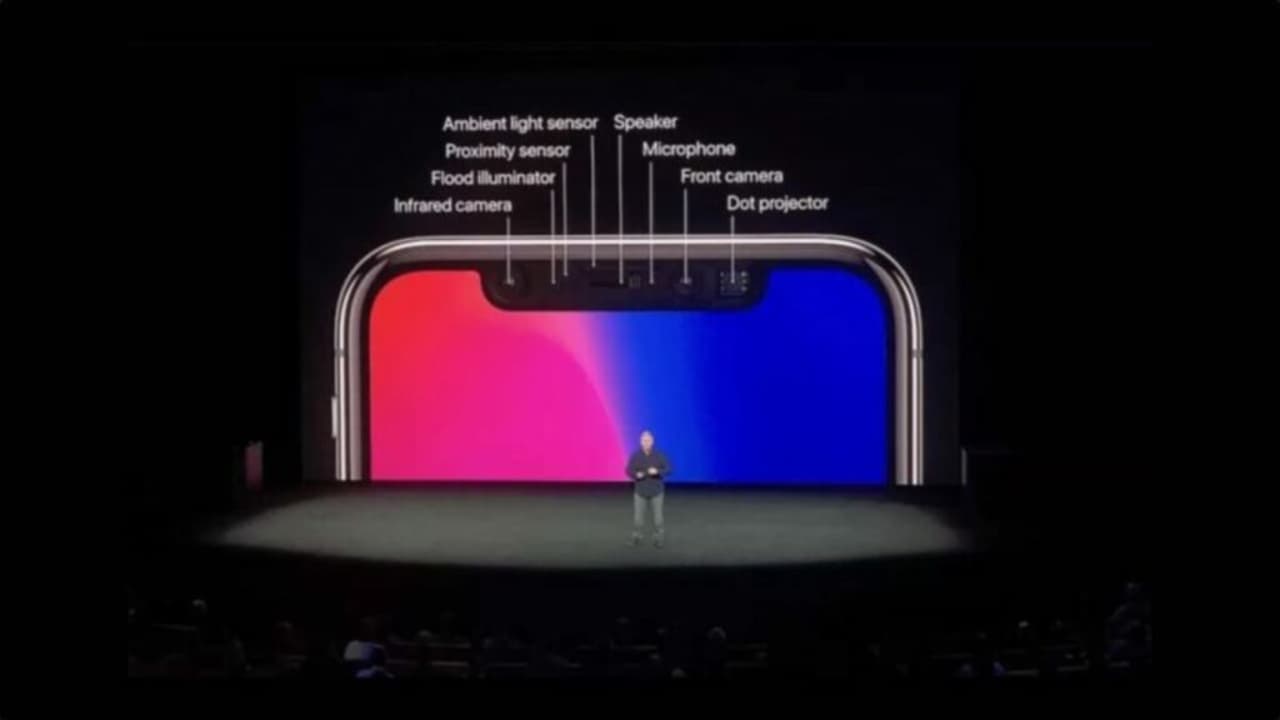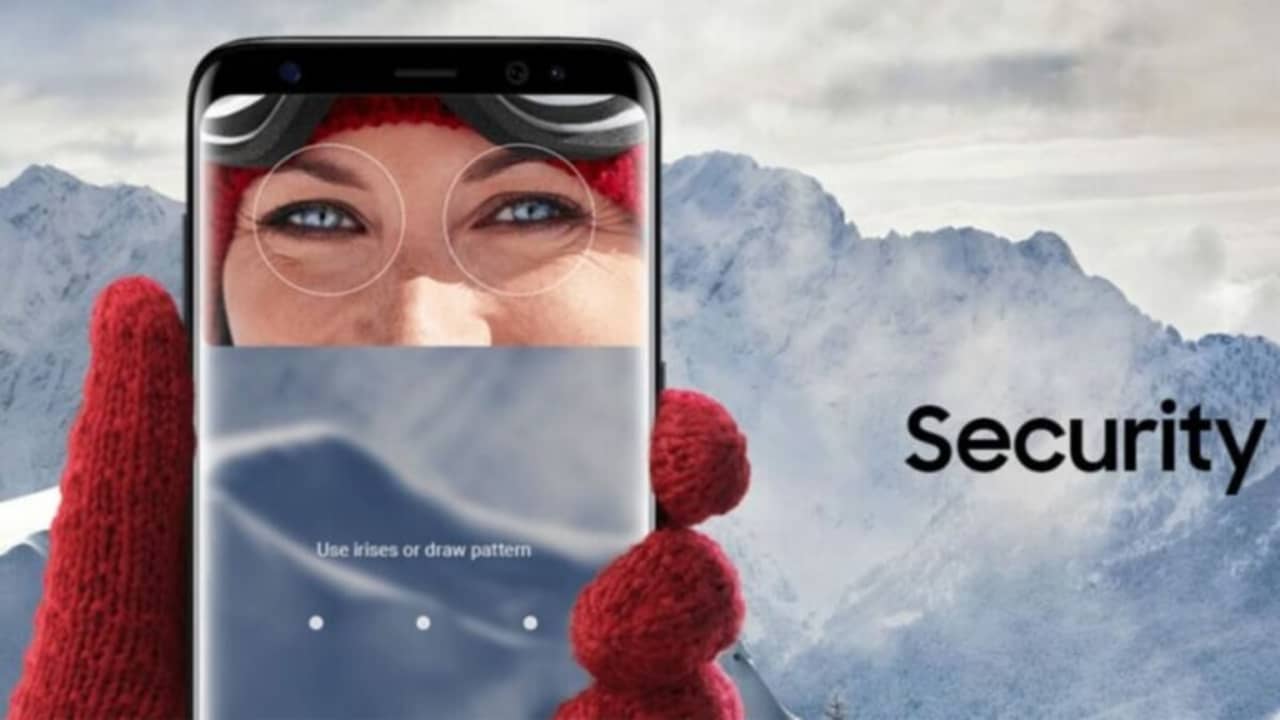News
What was the first device to include facial recognition? Find out how the iPhone X revolutionized mobile unlocking technology
Apple described Face ID as a "much more secure" system than Touch ID

- April 27, 2023
- Updated: July 2, 2025 at 2:22 AM

It was 2017 and the famous iPhone that had brought so much joy to Apple was 10 years old. The company did not let the occasion pass and that year, a new model was announced that would break with everything we had previously seen from Apple: the iPhone X.
Its launch completely overshadowed the iPhone 8, a model that already at that time, sinned of being too continuist. Since the launch of the iPhone 6, Apple had maintained the same design over several generations (iPhone 6, 6S and 7), so a change was more than necessary. The new trend sought models that were “all-screen”, so many manufacturers looked for other locations for the fingerprint reader (on the back, on the side button, etc.). Apple was clear: we had to say goodbye to fingerprints and start using our own face.
How does facial recognition or Face ID work?
The iPhone X left behind the classic Home button and its fingerprint reader (Touch ID) in favor of Face ID. This technology uses the iPhone’s own front-facing camera along with a dot projector and an infrared illumination system. In short, the iPhone detects your face and projects up to 30,000 infrared dots to identify your face and its depth. This technology has the advantage that it can be used in dimly lit environments, which makes it more useful in everyday life.

Thanks to machine learning and artificial intelligence improvements that were included in the A11 chip, Face ID can detect the changes that happen to your face. Wear glasses, grow a beard, dye your hair…your iPhone will know how to recognize you all the time.
When Face ID was announced, Apple claimed that it was a much more secure unlocking method than the “old” Touch ID. Phil Schiller, the then Director of Product Marketing, explained that there was a better chance of someone unlocking your phone with Touch ID (one in 50,000) than with Face ID (one in 1,000,000).
The facial recognition revolution in the world of telephony
Apple did not invent the wheel here: in those years, Android already natively supported facial recognition, but it did not manage to stand out. They were not very reliable or fast systems, so security was compromised.

Manufacturers such as Samsung tried new avenues such as iris recognition, although none of it lasted long. Fingerprint sensors remained the best option for biometric security systems, at least until the arrival of Face ID. After the iPhone X, facial recognition became the next step to follow and what would serve to further improve the security of our terminals. And you, do you prefer using Face ID or Touch ID?
Some of the links added in the article are part of affiliate campaigns and may represent benefits for Softonic.
Artist by vocation and technology lover. I have liked to tinker with all kinds of gadgets for as long as I can remember.
Latest from María López
You may also like
 News
NewsThe iPhone Fold has leaked: These could be Apple’s foldable specs
Read more
 News
News2026 Cybersecurity Predictions: Navigating a New Era of Sophisticated Scams
Read more
 News
NewsProduct photography on a tight budget: images for e-commerce with Photoshop + Firefly
Read more
 News
NewsDisco Elysium has so much text that the text software couldn't contain it
Read more
 News
NewsThe pirates return to the big screen in this new movie that will remind you of Pirates of the Caribbean
Read more
 News
NewsThe former CEO of Activision Blizzard is delighted to see how poorly Call of Duty is doing
Read more